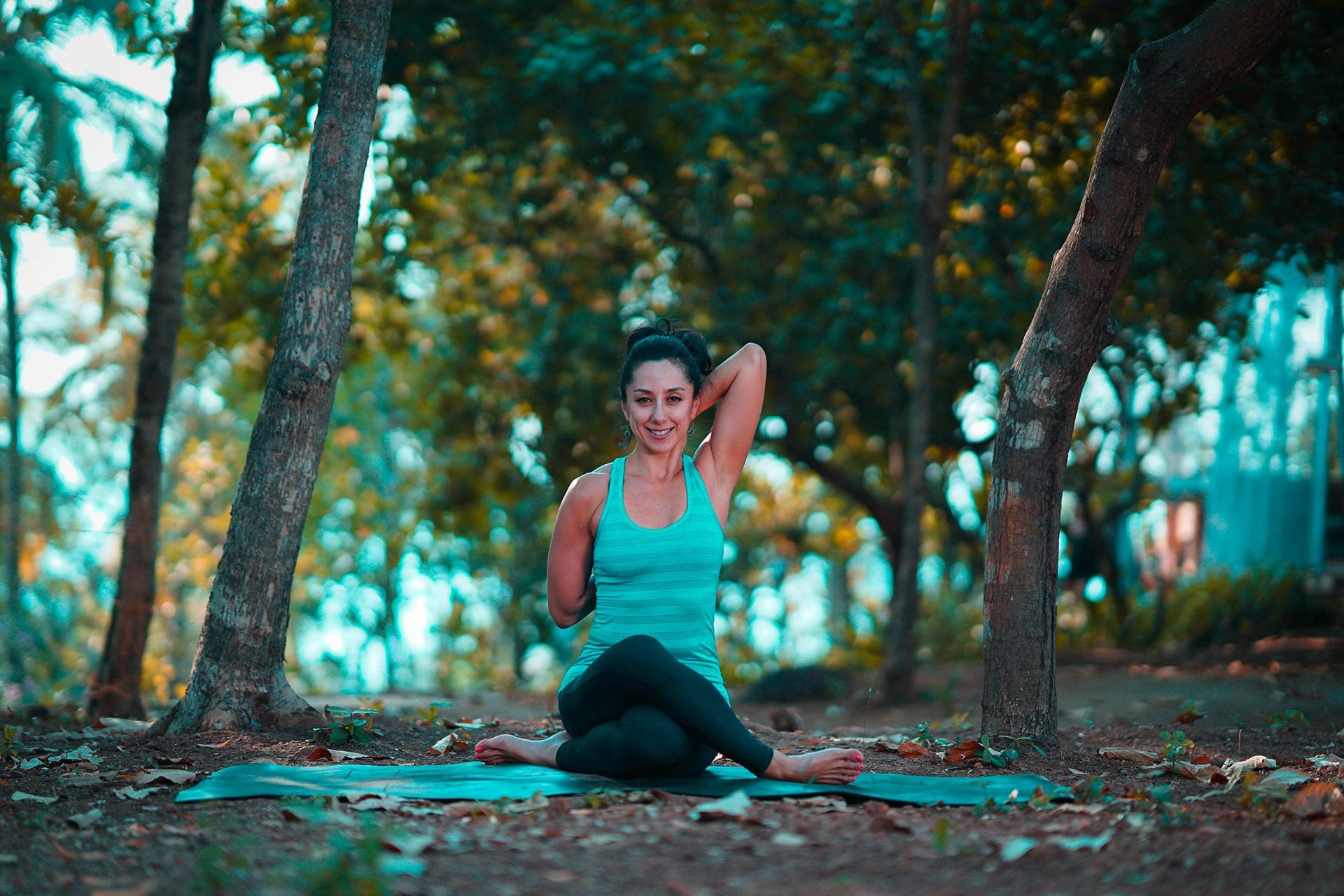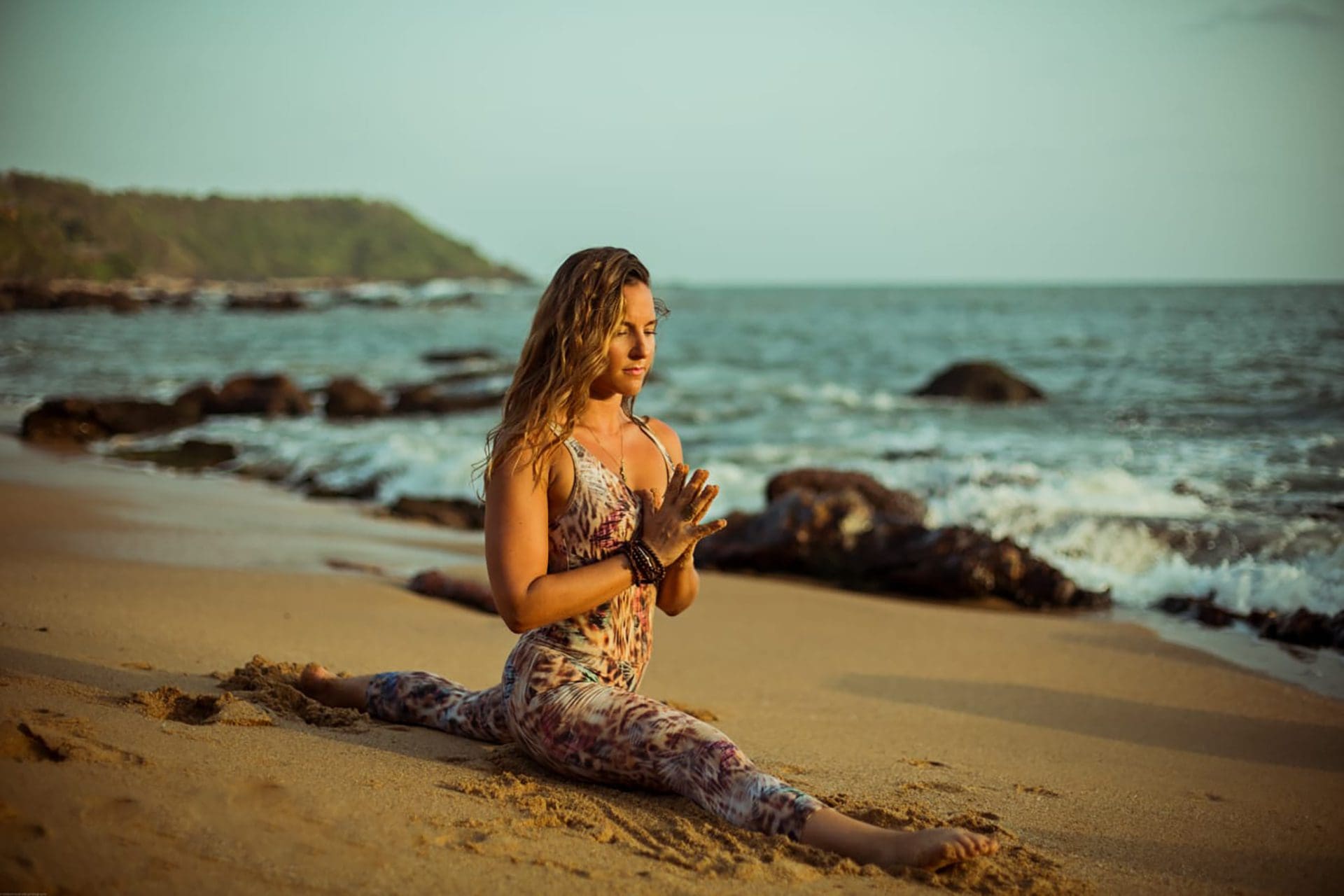How to choose a 300-hour Yoga Teacher Training Course?
What next after completing your 200-hour yoga teacher training program? Thinking of getting some teaching experience? Do you have your eye on other courses like a Yin yoga teacher training, a Pranayama course or a Yoga Nidra course? Or perhaps you are looking at taking up an advanced course, that is, a 300-hour yoga teacher training course?
Becoming a 300-hour registered yoga teacher (RYT 300) has immense benefits. A 300-hour YTTC is a strong way to further your yoga journey, especially if you are looking at a yoga teaching career. From taking your physical practice of yoga asanas to the next level and learning more cleansing techniques and Pranayama to getting a deeper understanding of yoga anatomy and physiology, the perks are plenty.

If you are considering a 300-hour YTTC, there are no dearth of schools and courses. So how do you choose one that not only provides in-depth training but also has supportive teachers who help you progress gradually and safely? Here are a few factors to consider when choosing a 300-hour yoga teacher training program.
- Define your purpose and goals: The first step to choosing the right 300-hour YTTC is defining your own goals, purpose and vision. You will be investing time and money so finding a course that is in line with your intentions is important. Ask yourself questions such as why are you considering a 300-hour yoga teacher training? Are you looking to deepen your physical practice of postures, Pranayama, Kriyas, etc? Or are you looking at learning more about yoga’s history, the different streams and styles, evolution, and other philosophy topics? Or does your interest lie in anatomy and physiology? Are you looking at yoga teaching as a career? Is a Yoga Alliance registered school, like Sampoorna Yoga, important to you? If you have specific goals and you are able to define your purpose, you will know what to look for when choosing a 300-hour YTTC program.
- Set your budget:The cost of 300-hour yoga instructor training courses can vary greatly. In-person and residential courses are generally more expensive. However, while researching courses look at what is included in the cost. Also consider the quality you are getting – is it first-class accommodation? Is it three meals or does it include snacks and evening beverages? How many years experience do the teachers have? Consider which of these are a priority for you. Based on this you will get an idea of what your budget should be.
- In-person vs Online 300-hour YTTC:The next big question you have to define for yourself is whether you are looking at an in-person or online yoga teacher training program. If it is in-person and you can take out the time to do the course in India, the homeland of yoga, your experience will be immersive and transformational. Courses like Sampoorna Yoga’s 300-hour yoga teacher training in Goa take place in beautiful locations that enrich your experience. An in-person program also means a chance to engage and connect with fellow-students, learn from experiences of others and more real interactions with teachers.
- Research the school and course:Once you have zeroed in on your top options, it’s time to research the school and course. Read testimonials, look up the school’s social media handles, talk to past students, read online reviews etc. You can even request the school to put you in touch with past students who you can connect with to learn about their experience. Take your time looking into the curriculum, too. Compare the syllabus of different schools, look into how many hours are dedicated to practices and theory topics. This research will further enhance and solidify whether the course and school is inline with your purpose and goals, allowing you to make an informed decision.
- Access to course material: Some courses and schools will give you lifetime access to course material and resources, while some will limit the access to a fixed period of time. Most in-person 300-hour yoga teacher training programs will provide hard copies of the course manual, reading material and sometimes additional yoga books too. When choosing your YTTC, read the details carefully to see what is included. It’s good to have access for a longer period of time (or lifelong) as you can always refer back or do a refresher.
- Experienced teachers: This is a big one. With so many schools and courses out there, what sets them apart? Experienced, certified teachers are definitely a differentiator. Look into who your teachers are. How many years experience do they have? Are they all RYT 300-hours? Where did they do their yoga teacher training programs? How many teachers will be there? Sometimes you will have different teachers for each module – a yoga anatomy and physiology expert, a teacher specializing in Pranayama, a teacher with a depth of yoga philosophy knowledge and experiences, etc. Check out who will be teaching you which part of the course and what is their experience. This is, after all, an advanced program and experience matters.
- Teaching and business:While checking out the syllabus, look into the modules on yoga teaching. If you are considering yoga teaching as a career, this is an important one. You want to make sure there are hours dedicated to getting actual teaching experience during the course. Do the modules also cover teaching tips, how to teach modifications and use props, how to start and grow your yoga business? These are a few questions you can keep in mind when exploring the teaching and business modules of the 300-hour YTTC you are considering.
- Certifications: One of the basic checks you can do is what are the certifications you will receive. Check with the school on what will be mentioned on your certificate. Ensure there is no additional cost for your certificate. And, of course, make sure your certificate mentions Yoga Alliance as this will allow you to register on the Yoga Alliance registry as a RYT 300-hours teacher.
- Support and Guidance:300-hours can sometimes be intensive yoga teacher training courses so making sure you have enough support is important. Whether in-person or online look at how many hours of live practice do you have with teachers? Are there partner sessions where you and a fellow-student pair up for a class to assist each other? Do teachers guide you through how to do a cleansing technique, like Jala Neti, for example or are you asked to try it on your own? This will give you an idea of how much support and guidance you will get from teachers and how much falls under self-practice.
- Community: One of the best things to come out of a yoga teacher training program is the community and network of like-minded folks. The fact that you are going through a deep experience together creates a unique bond. This creates a space where most are comfortable sharing their experiences and supporting each other on their journey. A common passion brings you together and the experience shared contributes to lifelong friendships and growth.

FINAL THOUGHTS
Take your time with your research. You are investing time and money, so do not hesitate to ask as many questions as you need to. Interact with the school and observe your experience. Does it feel right? Are they receptive, friendly and warm? Review the curriculum in detail and research the teachers.
Remember, with yoga, there is so much knowledge and physical practices to learn and experience. A 300-hour yoga teacher training course will take you deeper towards these learnings and definitely be a remarkable time for you!

